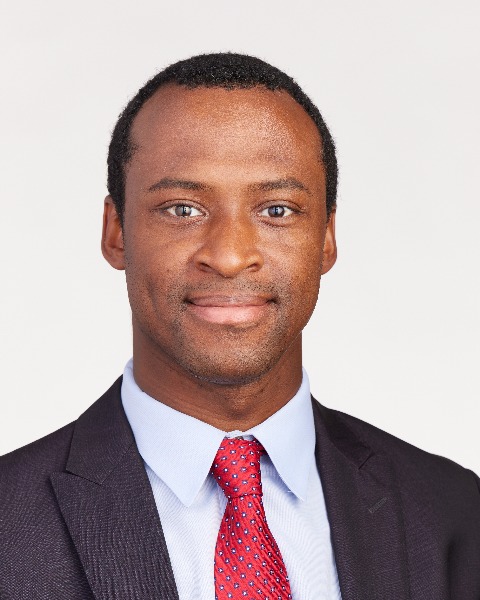Medical Education
Session: Medical Education 3 Works in Progress
WIP 31 - Debunking the Gastrostomy Tube: A Low Fidelity Simulation to Increase Provider Comfort and Execution of G-Tube Replacement
Sunday, May 5, 2024
3:30 PM - 6:00 PM ET
Poster Number: WIP 31
Publication Number: WIP 31.2429
Publication Number: WIP 31.2429

Franklin T. Sylvester, Jr., MD (he/him/his)
Fellow
The Mount Sinai Kravis Children's Hospital
New York, New York, United States
WIP Presenting Author(s)
Background: The inpatient pediatric population is changing rapidly with more medically complex patients using medical technologies. One of these instruments is the gastrostomy tube (G-tube). Given the increased frequency of these visits and the wide range of complaints, there is a need for members of the pediatric care team to be competent and feel comfortable managing common G-tube complications.
Objective: To measure and improve pediatric providers’ initial assessment and ability to replace a low-profile button G-tube using a low fidelity simulation case.
Design/Methods: Using the deliberate practice model of education conceptual framework, we created a simulation that is being performed with trainees rotating through the inpatient units of an urban, tertiary care children’s hospital. The project is considered exempt by the IRB committee. Prior to starting the case, each learner is assessed individually on their ability to replace a gastrostomy tube using a checklist of steps. Then participants work in groups of 3-5 to complete a simulation case. Once the group determines the tube is not functioning properly, the facilitator helps direct the learners on how to complete replacement. Following the case and debrief, the facilitator then repeats the checklist with each individual participant. Participants also complete a post-simulation survey.
The goal of this program is to demonstrate a change in skills by assessing participants individually using a checklist before and after a simulation experience. There will be an attempt to reassess participants 2 months following completion of the case to assess for retention. Performance on the checklist will be compared using a Wilcoxon signed rank test. Post simulation survey results will also be included.
To date, we have had 12 participants. Preliminary data demonstrates that providers are better able replace g-tubes by the end of the case regardless of initial skill level. We plan to enroll a minimum of 20 participants and will continue data collection through December 2023 to ensure time for analysis prior to the conference.
